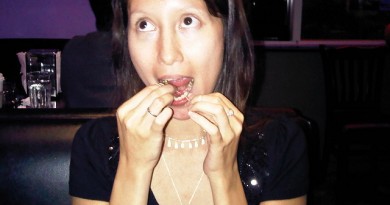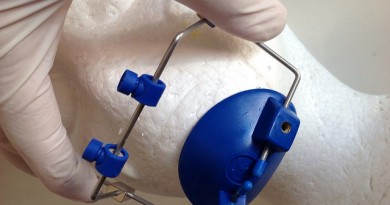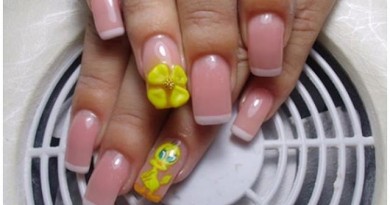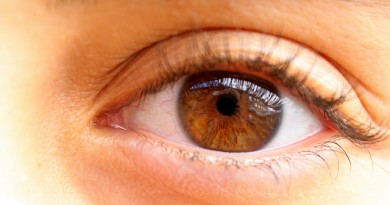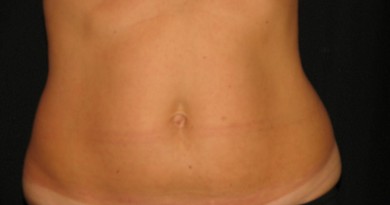How Much Does Dental Bonding Cost?
Dental bonding is a form of adhesive dentistry that uses a special composite resin to reshape the teeth. The process can be used to repair structural damage, and/or as a cosmetic treatment. Bonding can eliminate the presence of small gaps between teeth by shaping the resin into the designated space. Chips and cracks can also be filled with the bonding process. The cost of dental bonding is in the range of $200-$500 per tooth. Commonly, only one visit is required for the bonding of a single tooth. Dental bonding cost is rarely subject to extra pharmaceutical charges, as anesthesia is not usually required for bonding, unless the work is being done on a decaying tooth. The final product of the bonding process is often viewed as being more cosmetically pleasing than fillings. The benefits of bonding remain for an average of seven years.
What Is Dental Bonding?
The techniques of adhesive dentistry include the use of composite resins to bond teeth. The composite material is mixed to correspond with different shades and levels of opaqueness. There is no need to prepare for this procedure, though you do need to prepared to address the cost of dental bonding (by checking with your insurance, for example). Your dentist will begin the process by roughening the surface (enamel) of the teeth, followed by the application of a conditioning liquid to optimize adherence. Resin that has been matched to the cosmetic qualities of your tooth is placed on the bonding site, and molded to the desired shape. It may take several layers of material to attain a cosmetically pleasing bonding area, and the extra material may increase dental bonding cost. Once the resin is properly shaped, an ultraviolet light or laser is used to harden the resin (light enables a reaction to take place). The hardened bonding material is trimmed to refine the shape, and finally polished to match the surfaces of your other teeth.
Composite Bonding Cost
Ideally, the final product of the dental bonding process will look natural in comparison to the rest of your smile. It takes skill and experience to shape the composite resin into a realistic tooth surface. The shaping process is often considered to be an art form comparable to sculpting. The amount of time and skill needed to shape a tooth is a significant contributor to the cost of dental bonding. While bonding material is considerably strong, it is not often recommended for the often-grinding teeth toward the back toward the back of the mouth. High pressure has been shown to weaken and crack the finished material, leading to the burden of further dental bonding cost. While the use of composite resin is more expensive and time consuming than traditional amalgam fillings, it may last longer and is almost always more aesthetically pleasing. The cost of dental bonding averages around $300 per tooth, which is actually very low when compared to other forms of restorative dentistry such as crowns and veneers.
Cosmetic Bonding Cost
Dental bonding is often used for purely cosmetic purposes. Bonding can be aesthetically beneficial for a person with small gaps between their front teeth. The resin can be shaped outward from the front side of each tooth to fill the spaces in a natural looking manner. Dental bonding cost for such a small application is likely to be somewhat less than average. Small chips and cracks can also be addressed with small applications of the bonding material. Other cosmetic procedures are recommended for larger jobs, due to the limitations of composite resin. Dental bonding cost is not covered by insurance if it is solely done for cosmetic purposes. However, if the procedure is the best option for rebuilding a decaying tooth, some portion or all of the expenses may be insured.
Dental Bonding Before And After
If you are concerned about the cost of dental bonding, and are interested in the procedure for cosmetic purposes, you can search for before and after pictures. It may ease your decision if you can obtain photos detailing procedures that were performed by different dentists. The examination of these visual aids can aid in deciding whether any particular professional’s quoted dental bonding price is worth the potential results.
Bonding vs Veneers
The category of adhesive dentistry includes both dental bonding and veneers. Veneers are virtually always cosmetic accessories, and are rarely covered in any form by dental insurance plans. Dental bonding cost may be included in a dental insurance plan if it is for structural support, rather than purely cosmetic reasons. Bonding is always performed with a composite resin, while veneers may be composite or a special type of porcelain. As a purely restorative choice, veneers will likely have a better aesthetic quality and lifespan than dental bonding. For these and other reasons, dental bonding cost ($200-$500 per tooth) is much lower than the cost of veneers ($1,000-$2,000).The price of veneers may or may not include more than one visit to your dentist. Multiple visits are required because an out-of-office specialist crafts veneers, largely by using a mold of your teeth. You will need one visit to have the mold made, followed by another to have the veneers fixed to your teeth. Dental bonding can usually be done in a single visit to the dentist’s office.
- 715SHARES

